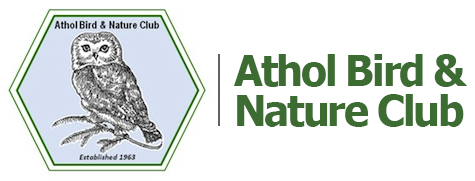Bald Eagle
Haliaeetus leucocephalus
Written by Kathy Richards
The bald eagle is not really bald. The name comes from the old English word piebald meaning white headed.
The bald eagle has nested in CT & MA since the 1800s. In the 1950’s DDT (a pesticide that was used and stored by fish in their tissues) affected the eagle by blocking the production of calcium used for egg shells. So when the eagle sat on the eggs the cracked causing a precipitous decline in the population. The Quabbin was used for a hacking program from 1982-86 which reintroduced the eagle to MA. Since then the eagle has made a comeback and been removed from the MA Endangered Species List.
HABITAT:
It lives near large bodies of water like the Quabbin and the CT River. It winters in coastal areas and along open water (along the CT river, Housatonic river, the Quabbin Reservoir and along the Merrimack river. They prefer areas with minimum human interference. Their range stretches from central AK across Canada and North America south to Mexico Nests are built in forests or open areas in tall trees near water and other nesting eagles.
BEHAVIOR:
They have extremely good eyesight and powerful wings which aid in hunting. However, the bald eagle will often harass other predators for their catches, harassing th animal until it releases its prey. The eagle is also strong and can lift its own weight (12 lbs).
NESTING:
Nests are called aeries and are built near the top of tall trees. Sticks, roots, weeds and plant stems are used in the creation of the nest. The nest may be sed year after year (up to 35 years) with the eagles adding new material every year. Nests can reach 4 ft. The nest is lined with lichen or fine woody material and the downy feathers.
Typically the have a clutch of 2 eggs laid between March and May. Male and female take turns incubating the eggs and attending to the nestlings.
FOOD:
Fish, small to medium mammals, large birds, turtles, carrion (dead fish and animals).
PREDATOR:
People, bears and wolves.

